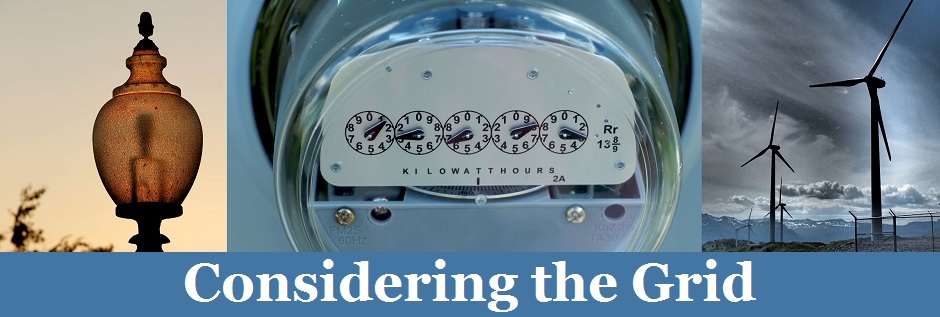The litigation over the CPP has been on hold for over a year, and yesterday the the D.C. Circuit ordered that it remain in abeyance for another 60 days. At least some of the judges, however, appear to be growing impatient with the continued delays. Circuit Judge Robert Wilkins wrote that this will be the last abeyance order he is inclined to grant, and Circuit Judge David Tatel separately expressed his reluctance to continue holding the case in abeyance. Circuit Judge Patricia Millett joined both of these statements.
How did we get here? Back in February 2016, the Supreme Court granted the request of those challenging the CPP to stop the rule from going into effect while it was under judicial review. Litigation then proceeded before the D.C. Circuit; oral arguments were held in September 2016, and briefing wrapped up in April 2016. But when President Trump took office, he directed EPA to review the CPP and take action to revise or rescind the rule if it was inconsistent with the Trump Administration’s policies. Shortly thereafter, the Department of Justice asked the D.C. Circuit to hold the CPP litigation in abeyance while EPA considers repealing and replacing the CPP. The court granted this request in April 2017, over the objection of intervenors supporting the CPP, and has issued a series of orders each extending the abeyance for an additional 60 days.
What did the judges say this time? Circuit Judge Wilkins explained that the fundamental purpose of the court’s ability to hold a case in abeyance is to preserve the status quo until after the court rules on a dispute. Because EPA has not indicated when it expects to conclude its rulemaking process for its proposed repeal of the CPP, he explained that an abeyance in this situation “does not serve to maintain the status quo while the Court decides . . . instead, the result is the maintenance of the status quo while EPA decides the disposition of the rule.” Because this is inconsistent with the D.C. Circuit’s authority, Circuit Judge Wilkins intends to oppose granting further abeyance and would instead dismiss the case without prejudice and remand it to EPA.
Circuit Judge Tatel’s concurrence focused on the Supreme Court’s stay of the CPP, which was issued to protect against irreparable injury while the courts resolve the legal challenges to the CPP. The Supreme Court directed the parties to inform the Court of any developments that may conceivably affect the outcome of the litigation. Since the Supreme Court’s decision, EPA has proposed to repeal the CPP. Circuit Judge Tatel wrote that if advised of the current status of the CPP, the Supreme Court may decide to extend the stay. Or, “given EPA’s own judicially upheld determination that greenhouse gases pose an ongoing threat to public health and welfare” and the Supreme Court’s ruling that “EPA must take regulatory action in the face of such a determination,” it may determine “that the need for expeditious agency action does not permit the luxury of continued delay.” Either way, Circuit Judge Tatel reasoned, “the Supreme Court is entitled to decide for itself whether the temporary stay it granted pending judicial assessment of the Clean Power Plan ought to continue now that it is being used to maintain the status quo pending agency action.”
What comes next? The case will remain in abeyance until the end of August, and three of the nine judges who participated in this most recent abeyance order have expressed at least some reluctance to keeping the case on hold for longer than that. EPA has not indicated when it might take final action on its proposed repeal of the CPP, but the D.C. Circuit ordered it to continue to file status reports every 30 days. The next status report is due July 26, 2018.

